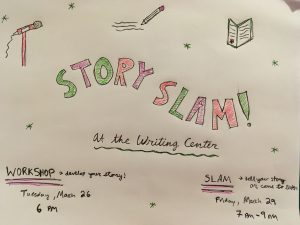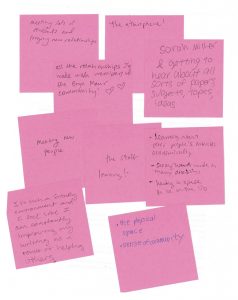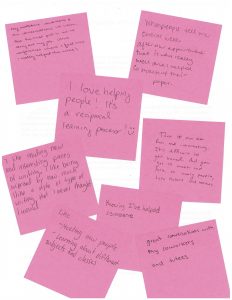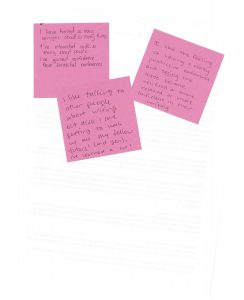This post was written by Delaney King ’20, reflecting on her spring project to create a visual brand identity for the Bryn Mawr Writing Center.
I arrived to the first staff meeting following my fall semester abroad and realized I needed a Spring Project. While scrambling for ideas, I remembered from my first year that there were some t-shirts available for purchase for the staff. They were cute and sporty but not exactly my style.
I see t-shirts serving a few different purposes for the Writing Center. First of all, I love getting a new piece of clothing no matter what it is but particularly when it represents or speaks to something I am involved in. I really enjoy working as a tutor and having a piece of clothing that represents the Writing Center allows me to visibly show my pride in working there.
Second, like when I was younger and unwittingly acted as a walking billboard for brands like Hollister that had its name plastered across the front of my chest and down my arm, clothing can be very effective advertising. It enables active brand circulation since humans are not stationary –except maybe when finals hit.
Compared to the fall semester when the Writing Center is busy with first-year Emily Balch Seminar students in addition to other students, the spring can be a slower time for appointments. Particularly during this time, it is important to advertise among the student population to take advantage of the amazing resources that we offer.
When we needed to decide on Spring Projects, I chose to focus on marketing, but since I am nosy, I overheard Elena Asofsky ’21 and Mia Dimeo ’20 mention that they also were interested in rebranding and marketing the Writing Center. I didn’t know them yet but what better way to get to know someone than to collaborate on a project together!
Elena decided to use her excellent artistic skills to design a new logo, and Mia and I worked together on additional marketing materials like bookmarks and stickers for student use. Mia was great sending out surveys so that we could try and incorporate the views from the rest of the staff.
I made excel spreadsheets that listed price comparisons on different goods like pencils, pens, notebooks, stickers, t-shirts, etc. that my type-A personality absolutely loved. I felt like I was breaking some unspoken rule that I was using my open shifts to shop… but it was for work. I love loopholes.
After Elena finished the new owl logo, we chose which marketing materials for students to order, and designed them and the t-shirts. I had no idea how much time and attention to detail was going to be required for designing the t-shirts. I am not exactly an artsy person so creative designs or catchy slogans are not my thing. I also had the extra pressure of not wanting the rest of the staff to be disappointed in the product. However, in the end I am happy with how the product turned out but I could not have done it without Elena, Mia, Jen, and the rest of the staff. I am very excited that my 2019 Spring Project will benefit the Writing Center and tutors will be able to enjoy it for years to come.
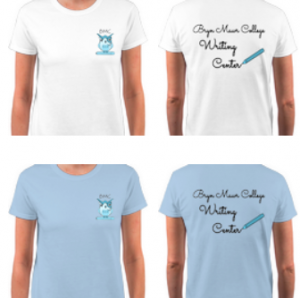

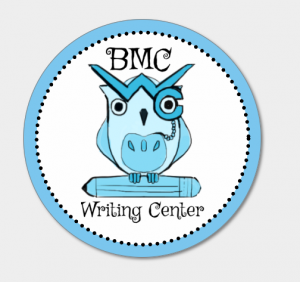
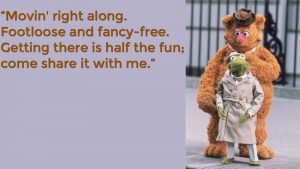 Hulton Archive/Getty Images
Hulton Archive/Getty Images